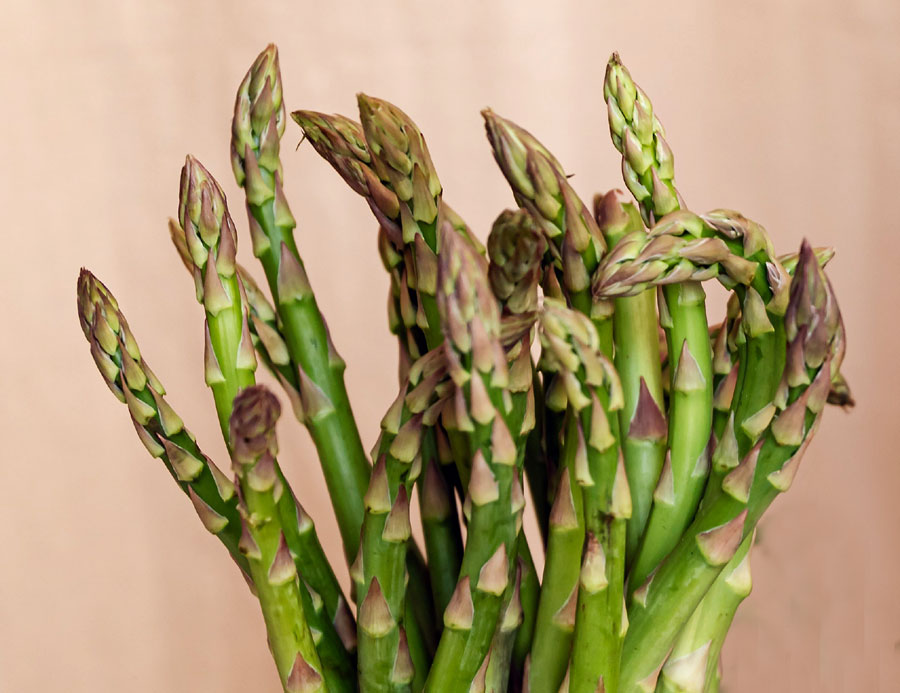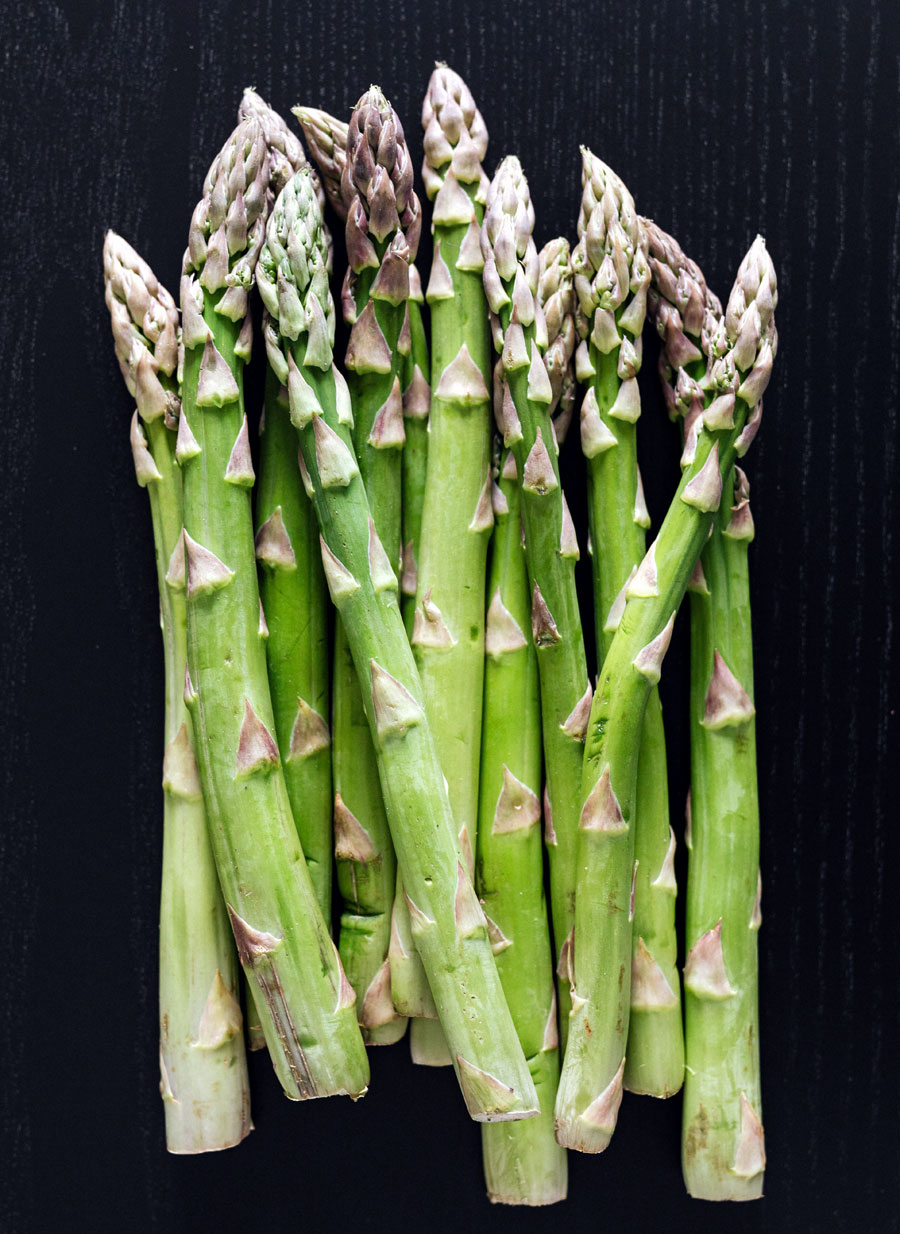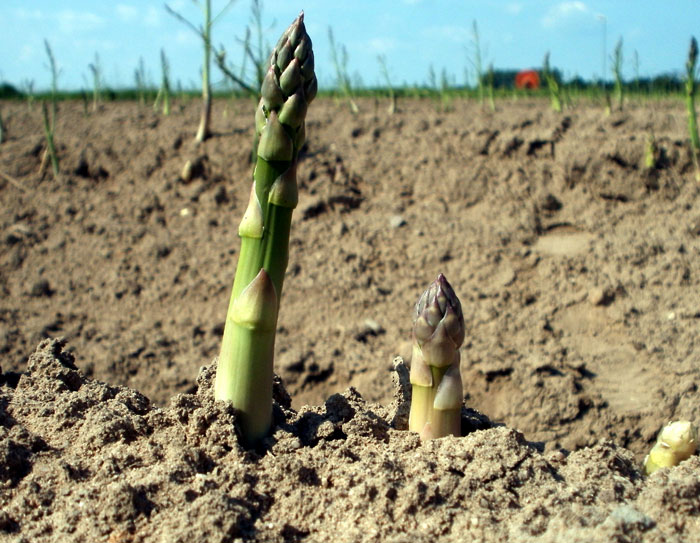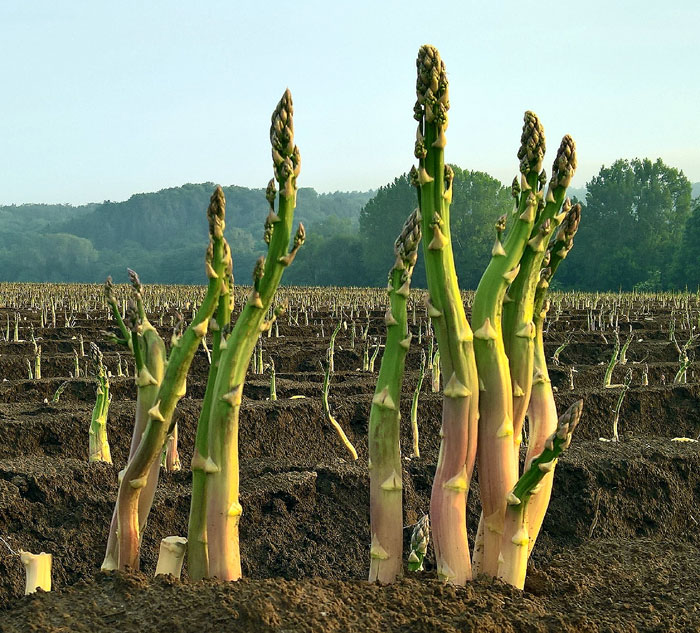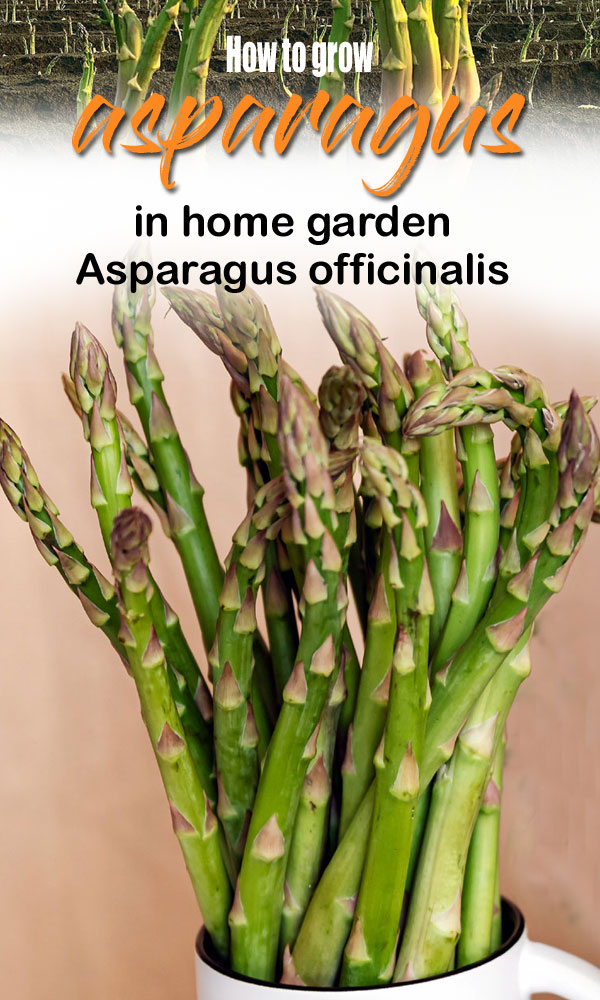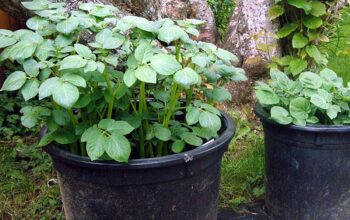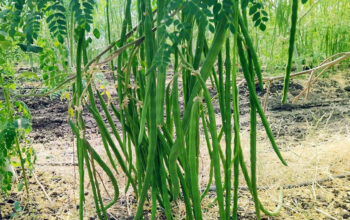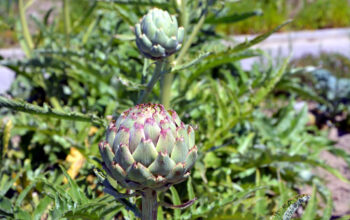Asparagus Plant (Asparagus officinalis)
Its scientific name is Asparagus officinalis, a perennial flowering plant in the genus Asparagus. It is also known as garden asparagus or sparrow grass. An asparagus plant grows 100–150 cm tall with feathery foliage and stout stems with many branches. The scale leaves act like needles, each 6–32 mm long and 1 mm wide, clustered four to fifteen together in a rose-like pattern. Flower bells are greenish-white to yellowish, 4.5–6.5 mm long, with six fused tepals that emerge singly or in clusters of two or three at the junctions of a branchlet. Male and female flowers appear on separate plants, but sometimes hermaphrodite flowers appear. This small red berry is toxic to humans, measuring 6–10 mm in diameter. know Growing asparagus at home in this article.
Due to its distinctive flavor and reputed aphrodisiac properties, sparrow grass has been used both traditionally as a vegetable and in medicine. When the buds begin to open, the asparagus shoots quickly turn woody. So, only young asparagus shoots can usually be eaten.
Overview Asparagus Plant
Scientific Name Asparagus officinalis
Common Name sparrow grass, garden asparagus
Plant Type Vegetable
Sun Requirements Full sun
Soil well-drained, sandy soils
Soil pH 6.5 to 7.0
Blooming time Spring
Zone 4-9
How to Grow and Care Asparagus Plant
Perennials like this are typically planted from roots or crowns in early spring. The sparrow grass plant matures gradually, taking three to five years to fully fill in and reach maturity, but it is worth the wait.
Growing asparagus from seeds
You can start seeds about four weeks before the last expected frost. Let the seeds soak in water for up to 24 hours before sowing. Sow the seeds in peat pots, flats, or peat cups moistened with seed-starting soil. After plants reach a height of 12 inches, harden them off for a week outdoors. Transplant the young plants after the last spring frost into a temporary bed. When they reach maturity in the fall, identify the berry-less male sparrow grass plants and transplant them to your permanent planting site, while removing the less productive female ones.
Growing from crown
In a trench is the most common way to plant asparagus crowns. Dig a 12-inch trench in the spring. Build mounds about 18 inches apart with compost, fertilizer, or other organic matter. As you spread the roots along the sides, place the crown on top of the mound. Ideally, the crown should not touch the soil above 6 inches. Fill in the soil around the crown, and water well. In addition to adding soil gradually, completely fill the trench with soil until it is flush with the soil line when the shoots appear.
Sunlight
The sparrow grass plant requires at least eight hours of sunlight each day. Perennial plants like asparagus should not be planted under trees or tall shrubs that will eventually shade them. When plants are not exposed to enough sunlight daily, they will grow thin spears and are susceptible to disease.
Watering
When young, sparrow grass needs regular watering; during the first two growing seasons, give it about 1 inch of water per week; older asparagus can handle about 2 inches. A soaker hose or drip irrigation can be added to the asparagus bed.
Soil
For healthy sparrow grass growth, choose well-draining soil with a pH of 6.5 to 7.0 and avoid extremely acidic soils. It will grow in heavy, medium, and sandy soils, but they must be well-drained and not accumulate water after rain.
Temperature and Humidity
It prefers a daytime temperature of 70 to 85 degrees Fahrenheit during the growing season, as well as a nighttime temperature of 60 to 70 degrees. After the soil temperature reaches 50 degrees, shoots will begin to appear. When grown outdoors, asparagus ferns can survive a light frost, but freezing temperatures below 32 degrees Fahrenheit usually kill the plants.
A moderate amount of humidity and regular misting is beneficial for healthy plant growth. The growing conditions in indoor environments can be dry, especially during the winter. Misting the plant daily can help revive it.
Fertilizer
It is imperative to fertilize asparagus in mid-spring when it is actively growing, as it is a heavy feeder. It is wise to choose a fertilizer for asparagus that contains equal amounts of nitrogen, phosphorus, and potassium, such as a 10-10-10 or 15-15-15 blend. During the fourth year, instead of fertilizing in spring, apply fertilizer in mid-spring or early summer after the final harvest. Keeping the soil rich and providing nutrients to asparagus plants requires an annual top-dressing of compost.
Read also:
Foxtail fern growing and care tips. Uses of NPK fertilizer for your garden. How to grow and care about Blue chalk stick. 06 stunning effects of milk in the garden. Calibrachoa (Million bells ) growing guide. How to grow and care for ZZ plants. How to grow Snapdragon plants. Viburnums opulus plants growing guide. Growing grapefruit trees in your garden. Mangosteen trees growing and care tips. Growing Gomphrena plants growing guide.
For pin:

